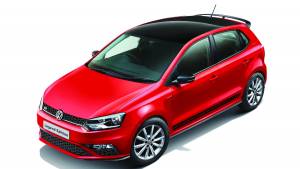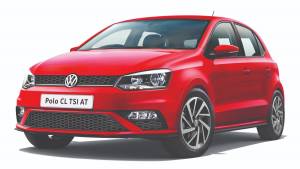2020 Volkswagen Polo 1.0 TSI first drive review
A fallout of the much more stringent BSVI norms coming into effect is that small diesel engined-cars have become unviable, both for carmakers to make and consumers to buy and run. But for the spirited drivers among us, the consequences of this move have been quite positive. A slew of small-capacity turbo-petrol engines are being launched in India this year, to fill the hole that these discontinued diesels left in carmakers' line-up.
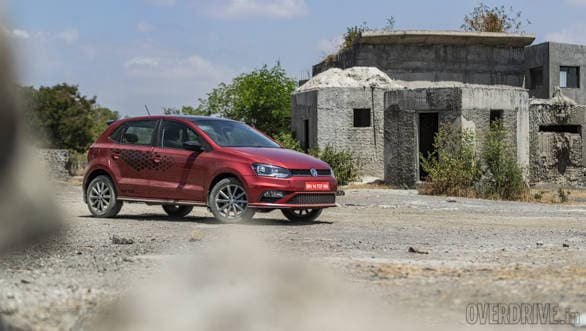
The Volkswagen Polo hatchback has seen one such transformation. Yes, the 1.2 TSI was always available on the top-spec GT TSI trim, but this new 1.0 motor has now trickled down to the top-two Comfortline Plus and Highline Plus variants.
At first, a drop in displacement and the switch from four to three cylinders might not seem promising. In fact, start the engine up and there's a distinct three-cylinder thrum and noticeable vibrations through the steering wheel and pedals. But don't dismiss it just yet, the 999cc turbo-petrol unit makes 5PS more than before, 110PS at 5000-5500 rpm and an identical 175 Nm at 1750 - 4000 rpm. Once on the move, you'll notice that power delivery is somewhat muted up until just below 2,000 rpm. In practice, this means you'll need to work the gears in city traffic a bit more than ideal to keep making progress. But in these conditions, the power delivery remains consistent with no unwarranted ebbs or spikes. The six-speed gearbox' stubby gear shifter is nice to hold, the throws aren't very long and the gates well-defined. The progressive, well-weighted clutch adds to keeping the entire experience quite unstressed.
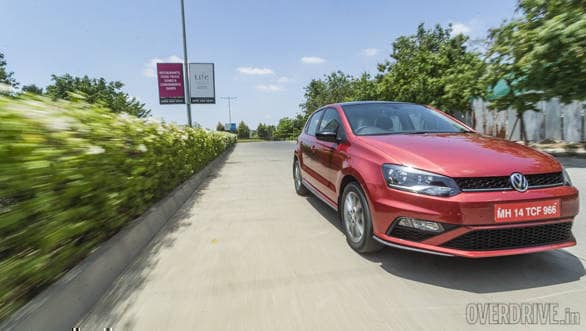
Things become much sharper as you start winding out the motor further. Over 2,000 rpm the motor pulls strongly through its mid-range, right up to close to 6,000 rpm. There's a nice purr to it now, even, and most of the low-speed vibrations have faded away. The car becomes much more responsive here, with the predictable throttle response making it very easy to stay in control while making progress. Out on the highway, the sixth-gear, as expected pays dividends. At 100 kmph, you're at around 2,000 rpm, which leaves you the entire power band to play with while making a quick overtake. To top this off, this spirited nature doesn't come at the cost of efficiency, our testing got us an impressive 19.62 kmpl on the highway and 16.75 kmpl in the city.
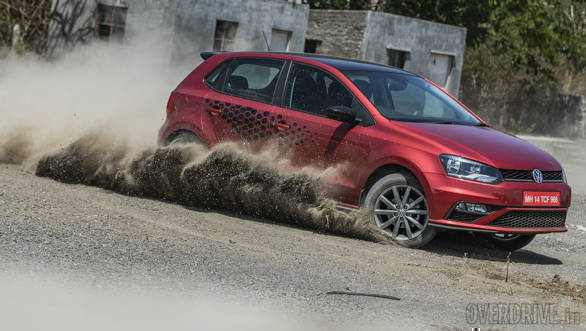
The rest of the mechanicals complement this drivetrain very well too. The new leather-wrapped steering wheel is quite nice to hold. It's also precise and well-weighted, much like in the Polo's larger, newer siblings. Even the ride quality belies the Polo's size. Some deep sharp imperfections come through, but other than that the hatchback remains well poised. Even at triple-digit speeds the Polo remains very well planted. In fact, try and have some fun with this hatchback like we did, and it is quite apparent why this VW has become a favourite in the Indian rally scene. Its chassis feels very well balanced, most inputs leading to predictable responses. The 16-inch, 195/65 Goodyear tyres complement this character very well.
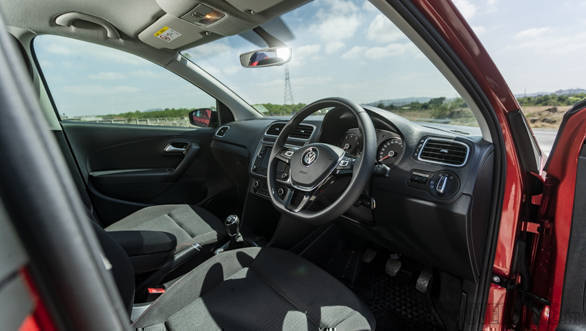
At this point, you will notice we still haven't addressed the elephant in the room, the Polo's age. And this is with good reason. The Polo has been around for the better part of a decade, but driving around in it, that thought rarely crosses your mind. Dynamically, the VW remains closer to the top of its class even now. But this sense doesn't hold up quite as well on the inside. Sure the fit and finish, and quality of materials are probably the best in class. But this space gets let down by the broad expanses of grey plastic. We would have liked a few more contrasting materials and colours. Equipment levels are competitive, you get cruise control, auto wipers, rear AC vents and a 6.5-inch touchscreen with Android Auto/Apple Carplay. There are some misses like a reversing camera and push-button start. But we suspect that might have something to do with the limitations of this old architecture, rather than it being a case of VW trying to cut corners. Safety is also par-for-the-course with two airbags available as standard.
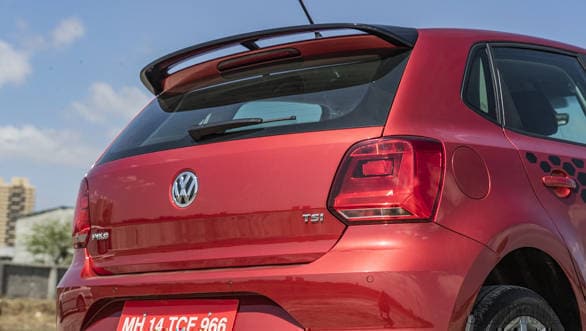
Volkswagen had updated the look of the Polo and Vento last year, and that has carried on to this engine upgrade. These amount to the GTi derived three-part front bumper, the honeycomb grille, the contrasting rocker panels on the sides and the faux diffuser fitted to the rear bumper. New paint options like this Flash Red have been added to. Seen here is the limited-run TSI edition with the gloss black roof, outer mirror and spoiler and the TSI decals. The Polo's straightforward lines and simple shapes have held on well, and these cosmetic updates bring a generally fresh look.
As it stands, the Polo TSI continues to be the car for you if you put driving pleasure at a premium. This is even more true now, given that the turbo option can be had with a manual as well. The top-spec GT trim now gets a torque-convertor. VW has also done a good job with the BSVI Polo's pricing. Prices start at Rs 5.82 lakh and go up to Rs 9.59 lakh for the GT. This is roughly on par with the Altroz and current i20, but you get a dynamically superior car. The reasonable fuel economy numbers, and an ever closing gap in petrol and diesel prices, should mean that the loss of the diesel version doesn't hurt as much.
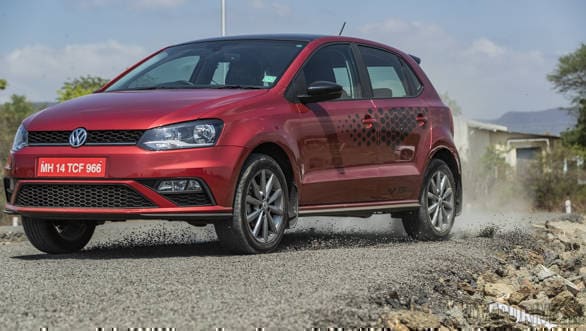
The Polo's TSI's closest competition like the Baleno RS and Abarth Punto aren't around any longer, which means that apart from the Hyundai Nios Turbo, there's not much to go up against the turbo-ed Polo. The new i20 and the Altroz are set to get turbo engines soon, at which point the Polo might have its work cut out slightly. But until we have a ground-up replacement for the Polo in a couple of years, these changes have enough in them to keep making the numbers for Volkswagen.
Starts Rs 6.17 Lakhs
999cc
Automatic
110
175
16.47 Kmpl
